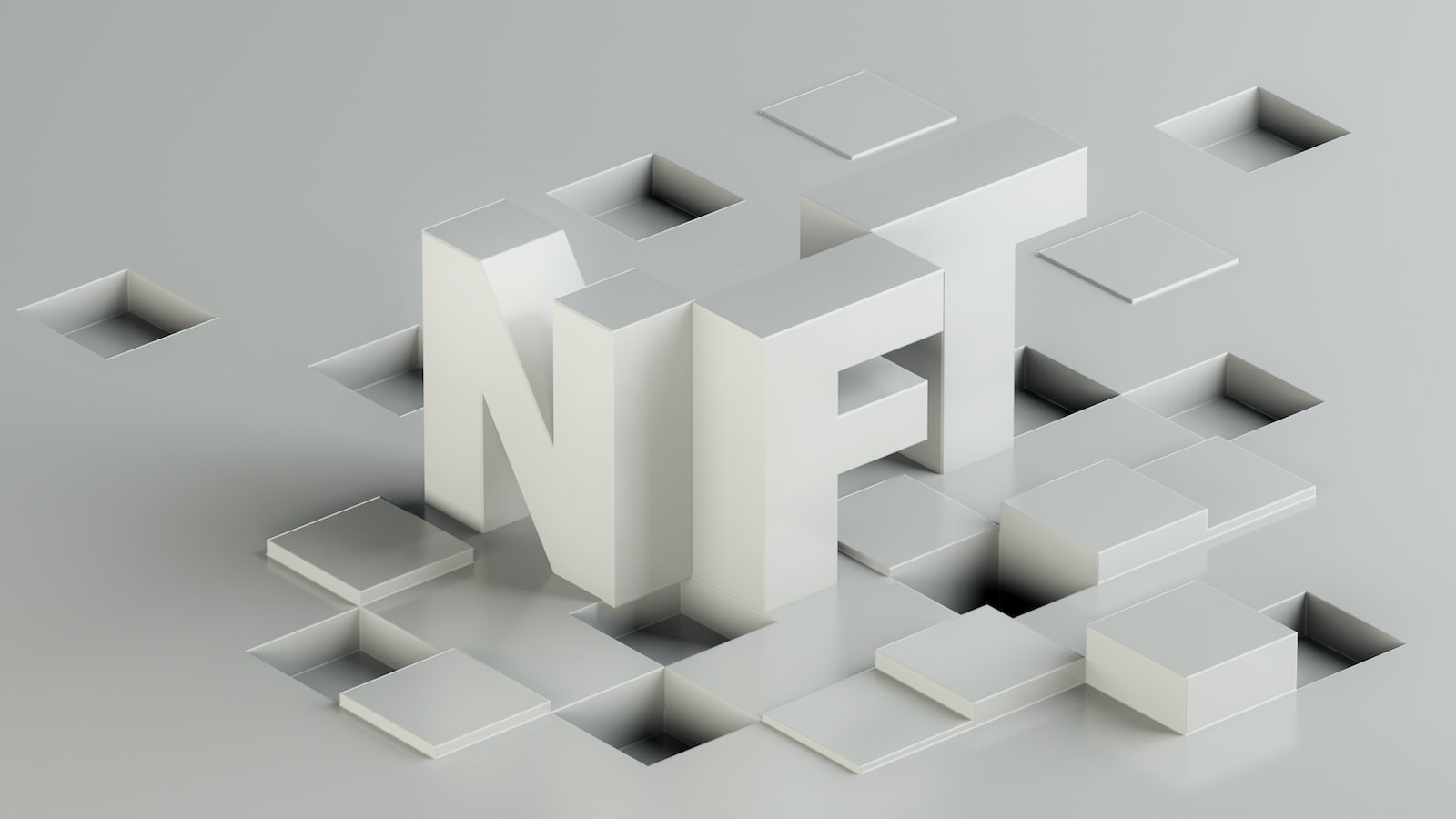The first-ever NFT, or non-fungible token, was created in 2014 by Kevin McCoy and Anil Dash. This NFT, called “Quantum,” was created on the Ethereum blockchain and was meant to serve as a proof-of-concept, demonstrating how NFTs could certify the ownership and provenance of digital art. “Quantum” was a digital representation of a physical artwork created by McCoy called “Usagi Yojimbo.”
Since its inception, NFTs have become increasingly popular in the art world and beyond. The technology has transformed the way artists sell their digital works, enabling them to sell unique digital pieces directly to collectors without the need for intermediaries such as galleries or auction houses.
NFTs are not limited to digital art alone. They have been used to represent other digital assets, such as music, videos, and virtual real estate. Several online marketplaces facilitate the trading of NFTs, and some have sold for millions of dollars.
While NFTs have received some criticism, many artists and collectors see them as a way to own and create unique digital assets in today’s increasingly digital world. As such, the popularity of NFTs continues to grow, and they are pushing the boundaries of what is possible in the realm of digital art and other digital assets.
The “Quantum” NFT may have been the first, but it certainly won’t be the last. NFTs have opened up a world of possibilities in digital art and beyond, and their potential for certification and provenance continues to draw the attention of collectors and artists alike.
